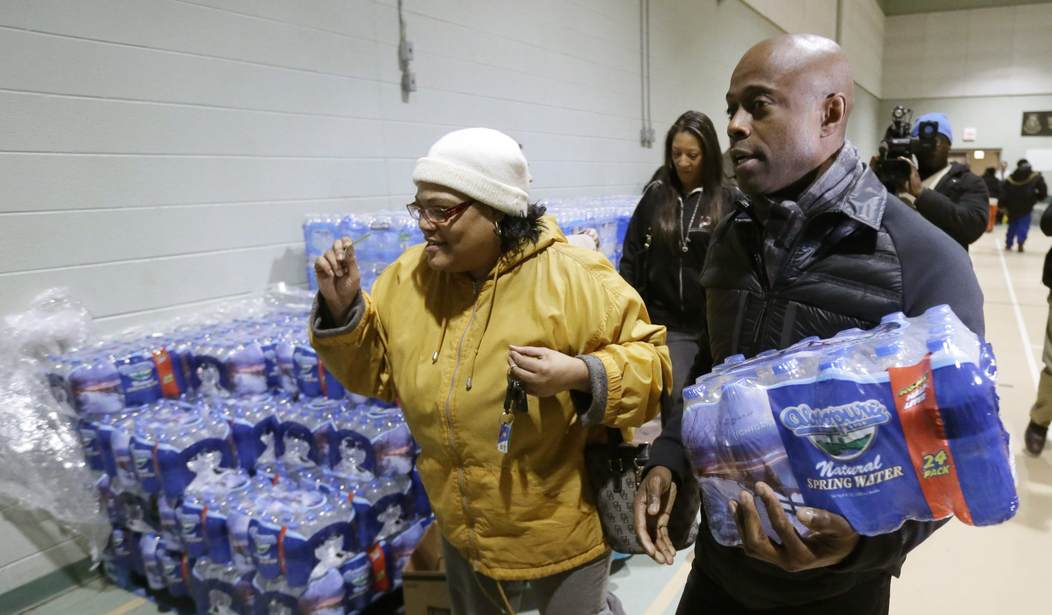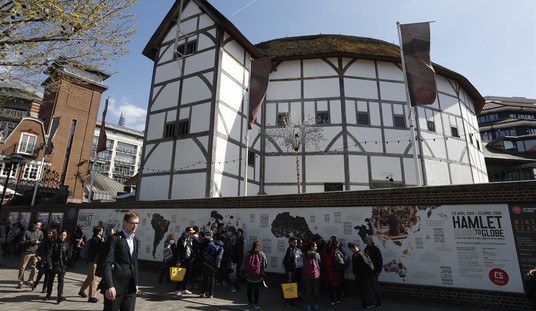WASHINGTON – Flint, Mich., is notorious for its tainted-water crisis, but a number of water emergencies have sprung up across the country over the past three years.
Until recently, residents in Rogers, Ark., were commuting hundreds of miles a month to gather water from coin-operated machines so that they could complete day-to-day activities. If the water machine was out of commission, due to a snow or ice storm, residents would go days without water. And even when it was operating, officials included the disclaimer on a sign that said, “We cannot ensure the quality of the water.”
Resident Mike Frazee detailed this story Thursday before the Senate Environment and Public Works Subcommittee on Fisheries, Water, and Wildlife. Many of Frazee’s neighbors are veterans, disabled or single parents – people who can’t afford to pay for a drinking well and can’t secure a bank loan. This left them without access to city or even rural water systems.
Eventually Rogers and his mother, who spent most of their lives under these circumstances, reached out to Sen. John Boozman (R-Ark.), who got in contact with the Water Systems Council, a nonprofit based in Washington, D.C. The organization through its water well trust drilled wells that eventually supplied Rogers with reliable drinking water, and last year, Boozman joined Sen. Ben Cardin (D-Md.) in getting the Water Supply Cost Savings Act passed. The bill requires that the USDA and the EPA establish clearinghouses in providing information on the use of wells and well systems for struggling rural communities.
But according to the U.S. Census Bureau, about 500,000 American homes still lack access to hot and cold running water. During Thursday’s discussion, Sen. Cory Booker (D-N.J.) described a recent trip to rural Alabama, where he witnessed failing sewage systems in low-income, African-American communities. According to Booker, raw sewage was running behind people’s homes, and there were parasites present that the average American doesn’t have to worry about such as hookworm.
“This is an outrageous environmental injustice that no child should be growing up in,” Booker said, noting that there is a common pain in rural and urban areas, particularly low-income communities. “This is the United States of America. This is a shame on our nation that we have children growing up in these rural and urban poor communities that have such unconscionable realities.”
Sen. Mike Rounds (R-S.D.) listed nine Native American communities in his state that don’t have proper water systems. Sen. Kirsten Gillibrand (D-N.Y.) described various water emergencies in her state that she said are “nothing short of tragedy.” She highlighted Hoosick Falls, N.Y., where residents in 2015 alerted the EPA to potential problems with drinking water. The agency determined that the water was severely contaminated with perfluorooctanoic acid. She also listed contamination issues in Newburgh, N.Y. and on Long Island.
The lawmakers asked Frazee how the federal government can go about addressing these issues on a larger scale.
Frazee, who was brief in his comments, said that the USDA and the EPA need to push the Savings Act and enable greater funding in these struggling communities.
“There’s no funding there, and we’re kind of looked past,” he said.









Join the conversation as a VIP Member